The 30th
LaureateSculpture
Fujiko Nakaya
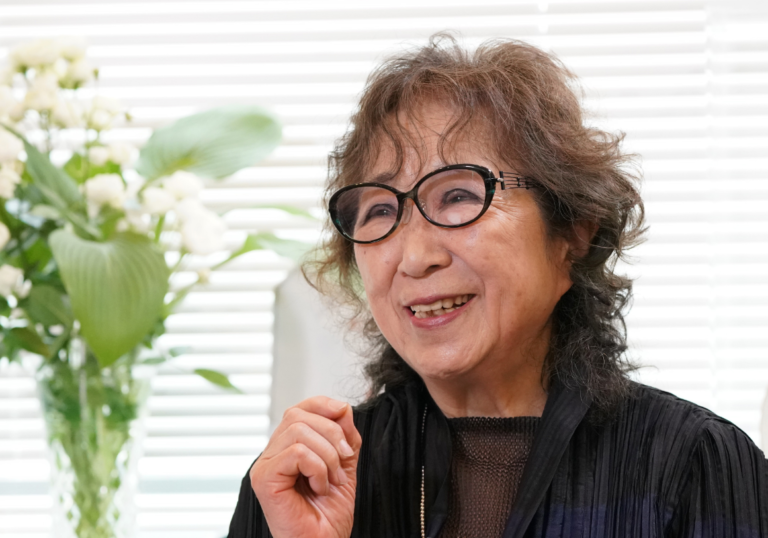
World-renowned as the “Fog Artist,” Fujiko Nakaya graduated from the Art Department of Northwestern University in Illinois,USA. After creating her early paintings,in 1966 she joined E.A.T.,an experimental group to promote the collaboration between art and technology. As part of this activity with E.A.T.,Nakaya presented her first “fog sculpture” using artificial fog at the Pepsi Pavilion during the Osaka Expo 1970. The cluster of Nakaya’s fog works installed in more than 80 locations around the world in various forms—environmental sculpture using pure water fog,installations,performances,or parks—all function as media to connect humans and nature. Nakaya’s interest in the environment was strongly influenced by her father,the experimental physicist Ukichiro Nakaya (1900-1962),who created the first artificial snow crystal in the world. In the 1970s,she created video works that cast a sharp gaze on society. In 1980,she established Video Gallery Scan,fostering exchanges with non-Japanese artists,as well as committing itself to finding and supporting young Japanese video artists. In 2017,Nakaya premiered a new fog work at the new building of Tate Modern. In 2019,she will work ambitiously on new projects in Japan,US and the Netherlands. The first large-scale retrospective of Nakaya’s work will be on view at Art Tower Mito in Japan from October 2018 to January 2019.
Biography
World-renowned as the “Fog Artist,” Fujiko Nakaya graduated from the Art Department of Northwestern University in Illinois,USA. After creating her early paintings,in 1966 she joined E.A.T. (Experiments in Art and Technology),an experimental group formed by engineer Billy Klüver,artist Robert Rauschenberg (Praemium Imperiale laureate in 1998) and others to promote the collaboration between art and technology. As part of this activity with E.A.T.,Nakaya presented her first “fog sculpture” using artificial fog at the Pepsi Pavilion during the Osaka Expo 1970. A white fog completely enwrapped the pavilion.
Nakaya generates artificial fog using high-pressure pump and a cluster of custom-developed fine spray nozzles. Fog detects the environment of each site—weather conditions,irregularity of ground,trees and shrubs—moves along with the wind and resonates with the atmosphere,always changing its form from one moment to the next. It makes visible things invisible and invisible things,like the wind,visible. The thoughts of people enwrapped in fog meander between past and future in various ways. “Fog sculpture” is the ever-changing form of fog sculpted by the environment,though from the standpoint of nature this is nothing other than a natural phenomenon. As manner,“fog sculpture” lets nature have the final say. The cluster of Nakaya’s fog works installed in more than 80 locations around the world in various forms—environmental sculpture using pure water fog,installations,performances,or parks—all function as media to connect humans and nature.
“Fog sculptures” are not only exhibited temporarily; some are public installations such as Foggy Forest in the Children’s Forest of Showa Kinen Park (Tachikawa,Tokyo,1992),and some are permanent installations like Foggy Wake in a Desert: An Ecosphere (Canberra,1983 -) which has been exhibited at the National Gallery of Australia for nearly 40 years.
Nakaya’s interest in the environment was strongly influenced by her father,the experimental physicist Ukichiro Nakaya (1900-1962),who created the first artificial snow crystal in the world. As a natural scientist,Ukichiro’s modesty when facing nature,his trust and devotion to what he studied,was unparalleled. He said,“If the gaze which sees nature lacks the sentiment of intimacy,what is seen would never reveal its true form.” From her father,Nakaya learned to think through the other’s feelings and to thereby enliven the other.
From December last year to this March,a duo exhibition of Ukichiro and his daughter Fujiko was held at the Maison Hermès in Ginza,Tokyo,attracting wide interest.
On another side of her versatile activity,Nakaya is also known as a pioneering artist who helped establish the foundations of media art in Japan. In the 1970s,she became engaged in media ecology,directing her critical gaze to information society moving towards increasingly more control,or environmental pollution that was becoming apparent to all. Using small personal video cameras that had just appeared in the market,Nakaya created video works that cast a sharp gaze on society. In 1980,she established Video Gallery Scan in Harajuku,Tokyo—the first of its kind in Japan—fostering exchanges with non-Japanese artists such as Nam June Paik or Bill Viola (Praemium Imperiale laureate in 2011),as well as committing itself to finding and supporting young Japanese video artists.
The exceptional “Fog Artist” smiles,“Recently I’m finally starting to understand a little of what the fog is saying.” She says she now enjoys her collaboration with the wind,which she previously regarded as a nuisance.
In 2017,Nakaya premiered a new fog work at the new building of Tate Modern. In 2019,she will work ambitiously on new projects in Japan,US and the Netherlands. The first large-scale retrospective of Nakaya’s work will be on view at Art Tower Mito in Japan from October 27,2018 to January 20,2019.
Chronology
Victims - Video Diary
Founded Video Hiroba,a group to explore video arts
Ojika River at Kawaji-Onsen in collaboration with Bill Viola (Sound)
Special Achievement Prize at the Japan Media Arts Festival
Commander of the Order of Arts and Letters by the French government
-
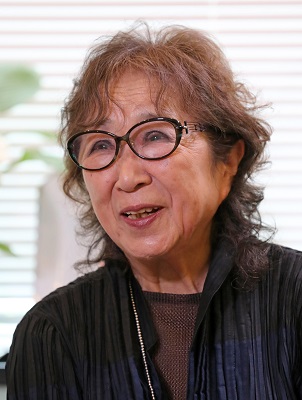
Fujiko Nakaya
-
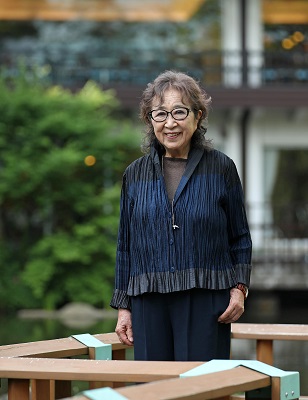
In the precincts of Togo Shrine
-
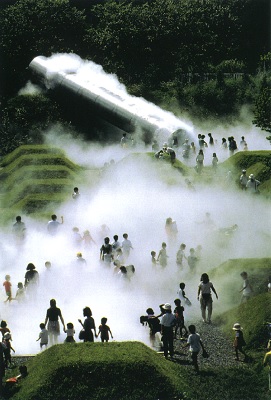
Foggy Forest
-
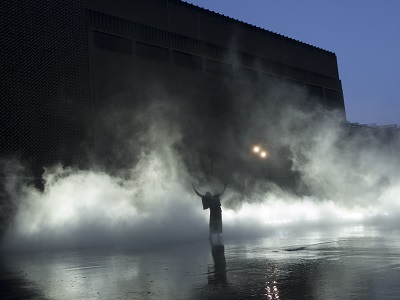
London Fog
-
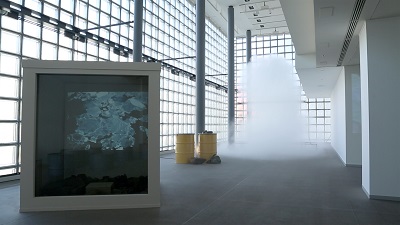
Glacial Fogfall – Greenland
-
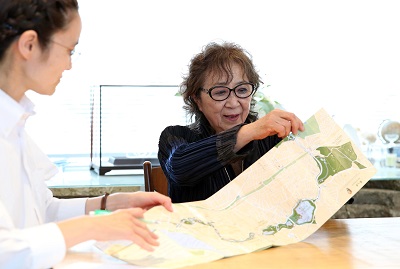
At her office in Tokyo

